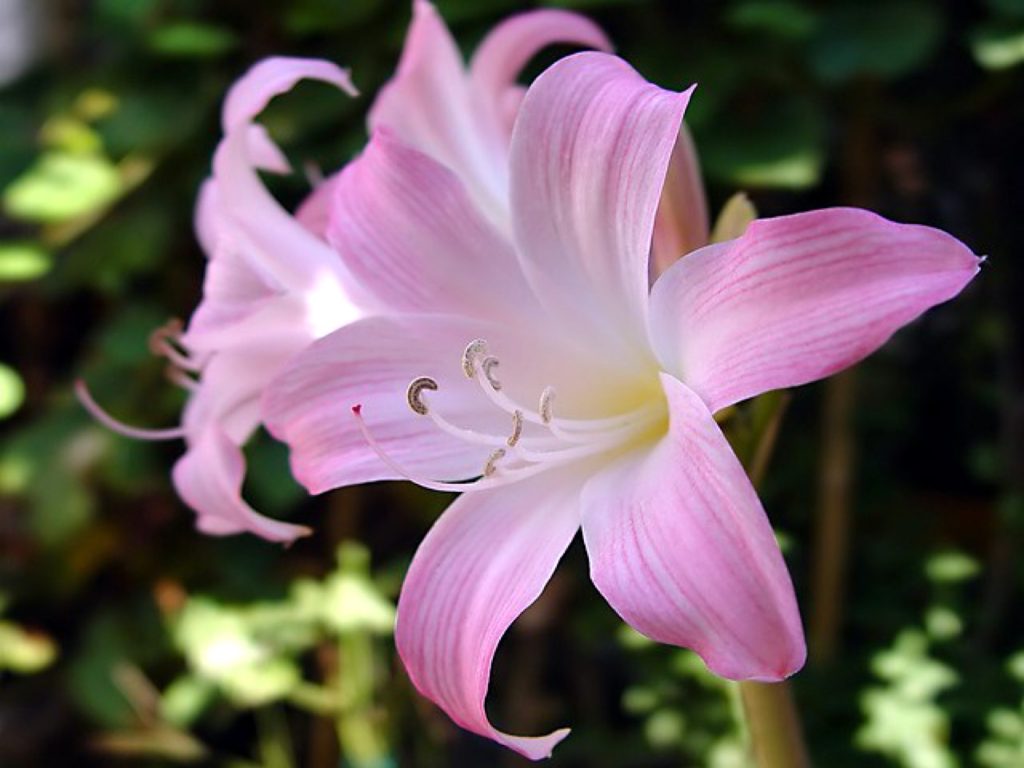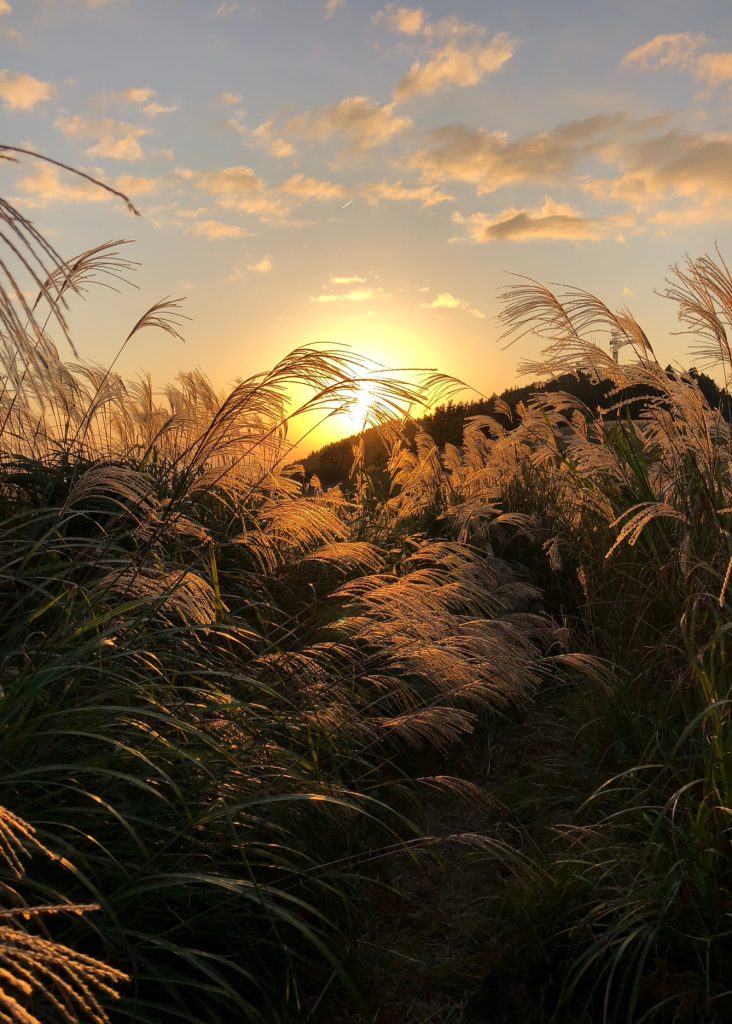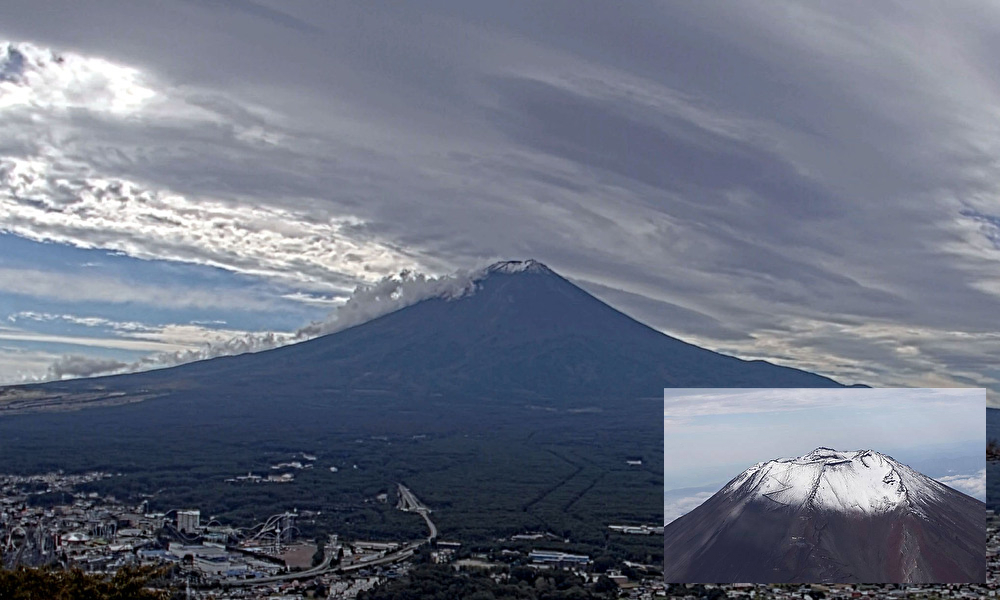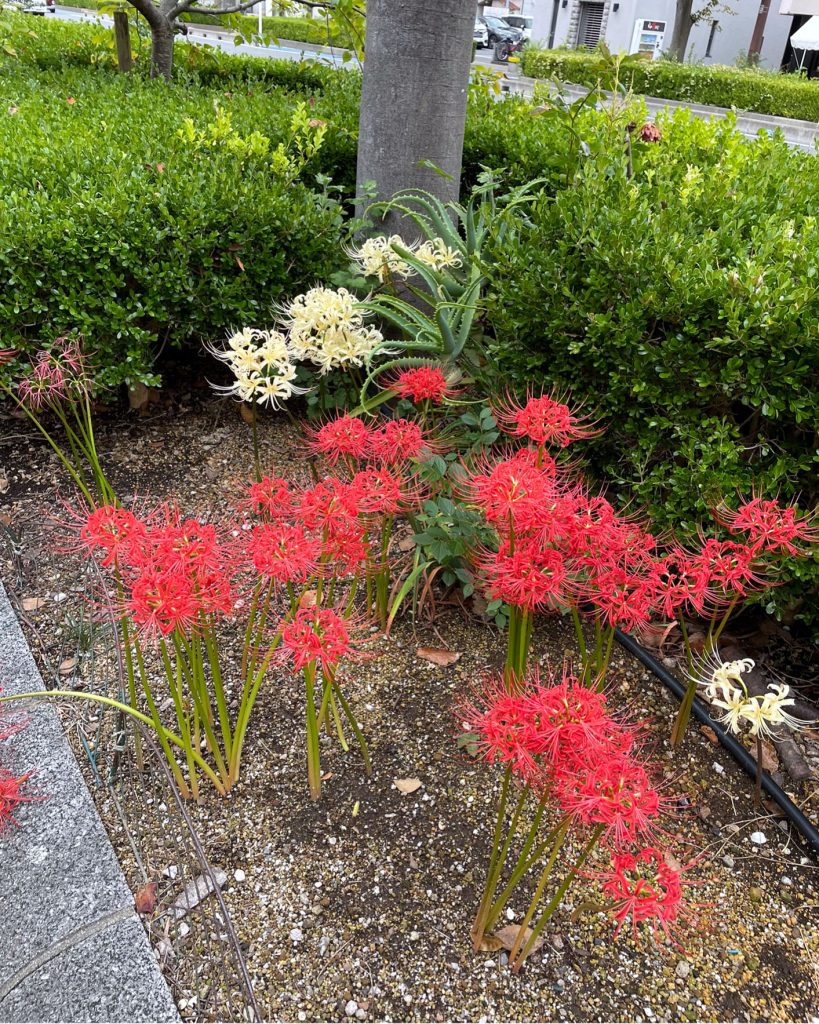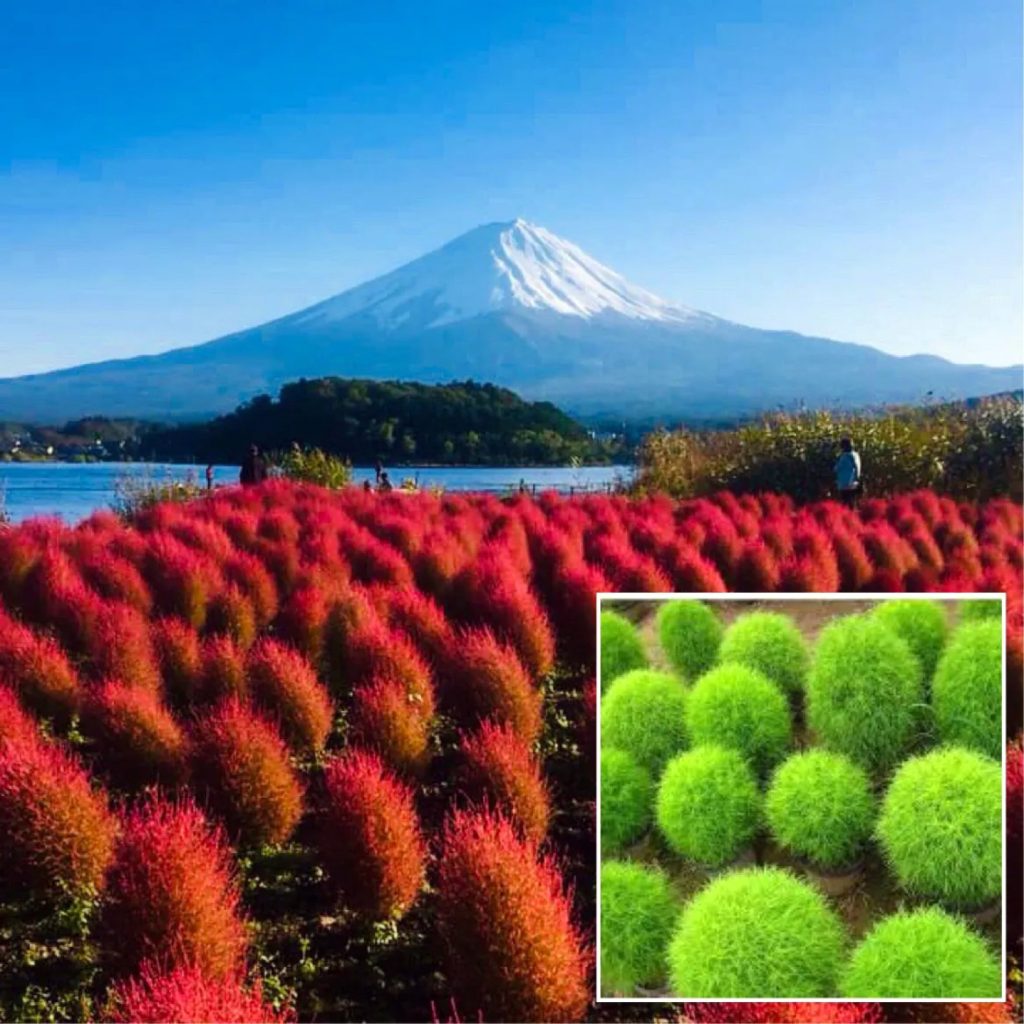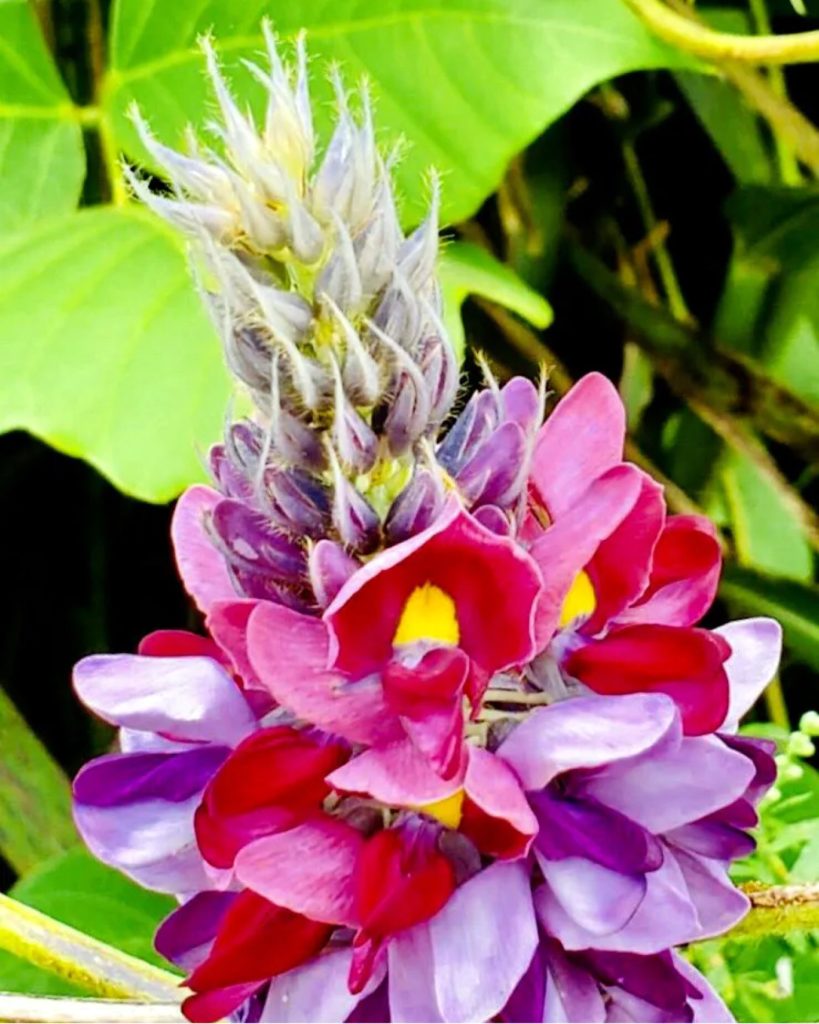
Even when visiting the same rose garden, spring and autumn offer entirely different charms. In spring, every flower bursts with vigor, blooming abundantly, creating a vibrant and uplifting atmosphere. It brightens one’s mood effortlessly. In contrast, autumn features fewer blooms, setting a tranquil and serene ambiance. Perhaps it’s the setting that influences one’s mood, as each individual rose becomes dear, causing us to linger longer. The rose that caught my eye might be called ‘Nostalgia.’ It starts to bloom towards the end of summer, initially with a white center and pink edges, gradually deepening in color with a yellowish center and crimson edges. Eventually, the edges turn black, just before wilting. Nostalgia, illuminated by the evening sun, seemed to convey something, drawing me in irresistibly. With a heavy heart, I left the place, feeling as if I were leaving a part of me behind.
同じバラ園に行っても、春と秋では全く趣が違います。春はどの花も勢いがあってたくさん咲きますから、華やかで、こちらまで気分が晴れやかになります。秋は花の数も少なく、しっとりと落ち着いた雰囲気です。こちらの気分がそうさせるのか、一つ一つのバラが愛おしく、つい足を留める時間が長くなります。目に止まったバラはノスタルジーと言う品種かも知れません。夏の終わり頃に咲き始め、最初は真ん中が白くて縁がピンク色をしていますが、段々色が濃くなって、真ん中が黄色っぽくなり、縁の色も真紅に染まります。やがて縁の先端が黒くなります。枯れる一歩手前です。夕陽に照らし出されたノスタルジーが何か語りかける様に迫ってきます。居た堪れなくなって、後ろ髪を引かれる思いでその場を立ち去りました。

